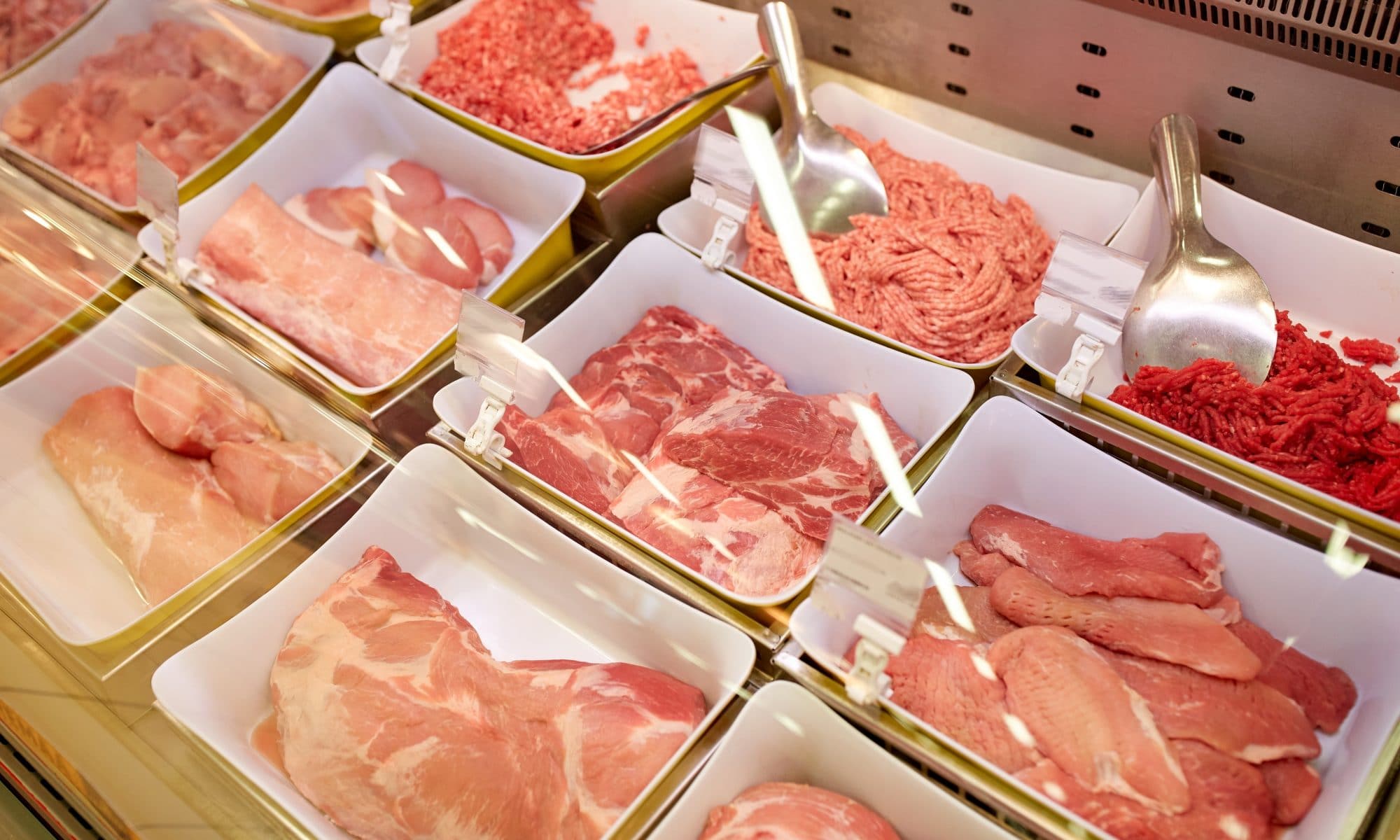Pork production is expected to edge out beef production in the U.S. at just over 30 billion pounds by 2028, according to the USDA Long-term Projection’s latest report. Pork production levels are expected to be at 30.4 billion pounds while beef production is anticipated to be at 29.7 billion pounds.
With increasing corn prices and lower pork prices in the first half of the decade (lower hog feed price ratio), analysts say there are incentives to decrease farrowings. However, increased slaughter weights and continued commercialization of the industry are pushing an upward trend in pork production.
Strong domestic and global demand for meats and dairy products continue to provide incentives for continued growth of the U.S. livestock sector over the next 10 years.
• In the hog industry, the feed price ratio is expected to decline and then recover some of its value by the end of the decade.
• In the beef cattle industry, the feed price ratio is expected to decline over the projection period reflecting both lower cattle prices and higher feed prices, suggesting lower returns to production.
• The broiler industry’s feed price ratio is expected to decline in the first part of the decade and gradually increase by the end of the decade.
Despite expected declining revenues over the next 10 years, USDA projects red meat and poultry production will increase.
Increased meat consumption is expected.
In the next 10 years, meat consumption is expected to rise from over 214 pounds per person in 2017 to nearly 223 pounds by 2028. In 2019, it’s on track to reach a record level of nearly 222 pounds per person.
Pork consumption is projected to stabilize at between 53 and 54 pounds per person for the remainder of the decade.
“Throughout the projection period, pork exports continue to dominate imports, and pork production gains are expected to be sufficient to accommodate both the widening trade surplus as well as increased domestic demand,” the report says.
Pork exports are on par with poultry.
The U.S. dollar is expected to weaken some over the next 10 years, but it remains comparably strong relative to its value earlier in this decade, USDA says. Regardless, U.S. red meat and poultry exports are projected to rise over the next 10 years as steady global economic growth, particularly in emerging and developing economies, supports foreign demand from the U.S. market.
U.S. pork exports are projected to grow faster than beef exports, at a comparable rate to poultry exports, the report says.
U.S. pork production’s efficiency gains are enhancing its international competitiveness. The report says the U.S. will likely maintain its position as the second-largest exporter of pork behind the European Union while exporting more than twice the third-largest exporter, Canada. Over the next decade, the European Union (EU) is expected to increase its market share as U.S. and Canada market shares are expected to decline.
U.S poultry (including broiler and turkey) exports are expected to grow over the next 10 years, primarily driven by broiler exports. USDA says broiler export growth is faster in the first part of the projection period, partially due to continued recovery from the impact of avian influenza in 2015. U.S. is expected to hold strong as second-largest poultry exporter behind Brazil while the EU remains a distant third.
Meanwhile, the U.S. is expected to export more beef than it imports, as production continues to increase and foreign incomes grow, contributing to higher demand for meat products. The U.S. (mostly a grain-finished beef exporter) is the fourth-largest beef exporter behind Brazil, India and Australia, which largely ship grass-finished beef products.
The U.S. is projected to remain the largest importer of beef in the world through the first couple years of the projection period, but strong demand growth in China will likely bump the U.S. to the second-largest by 2021.
